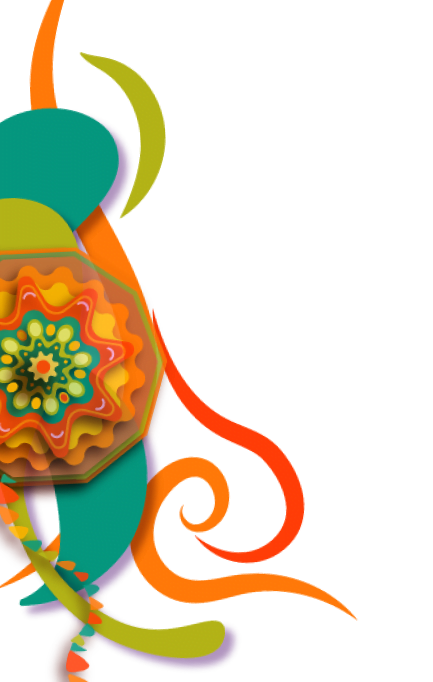Ester Cecilia Montepeque Berthet

COUNTRY
Colombia
COSTUME
Joropo
Costume Provided by
Natalia Parga
Colombia boasts diverse climates and a rich tapestry of musical rhythms. Cumbia, Vallenato, Mapalé, Sanjuanero, and Currulao are some of the country’s typical rhythms. They nurture tradition through their Colombian traditional costumes, representing and celebrating the culture and history of each region.
The Joropo dance is a traditional gem in the Orinoquia region, located in the Eastern Plains, known for its breathtaking landscapes and warm-hearted people who don vibrant attire in their daily lives. Locals have adapted their clothing to include lightweight, colorful fabrics and wide-brimmed hats to shield themselves from the sun. These outfits allow them to move gracefully during the Joropo dance and stay cool during festivities.
The origins and history of Joropo date back to the 1700s, when peasants favored the term ‘Joropo’ over ‘fandango,’ which referred to a festive social gathering with family and friends.
The dance’s characteristic step mimics the galloping of a rider across the plains. It also symbolizes the heartbeat and the expression of cultural values.
Female dancers wear dresses above the knee, adorned with frills and made of tulle, organza, and printed silk. A short floral skirt adorned with ruffles, a sleeveless white or floral bandeja neckline blouse, they accessorize with floral headpieces.
Male dancers wear a ‘liquilique,’ a traditional regional suit consisting of white pants, a long-sleeved shirt, and a jacket. They also sport hats known as ‘borsalino,’ ‘pelo e guama,’ or felt hats.

